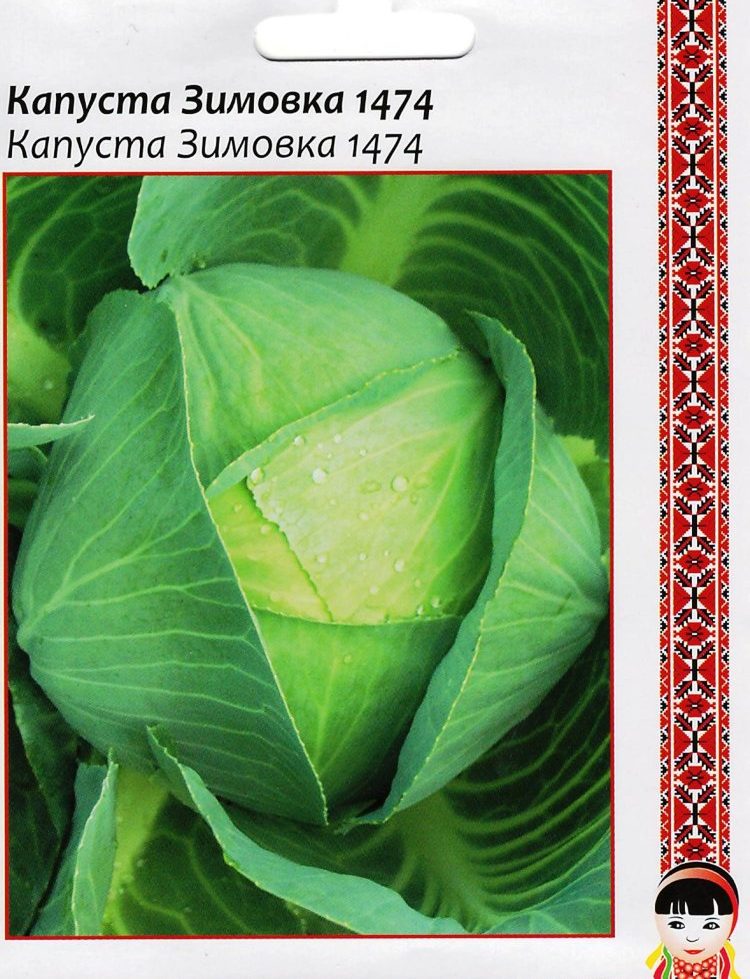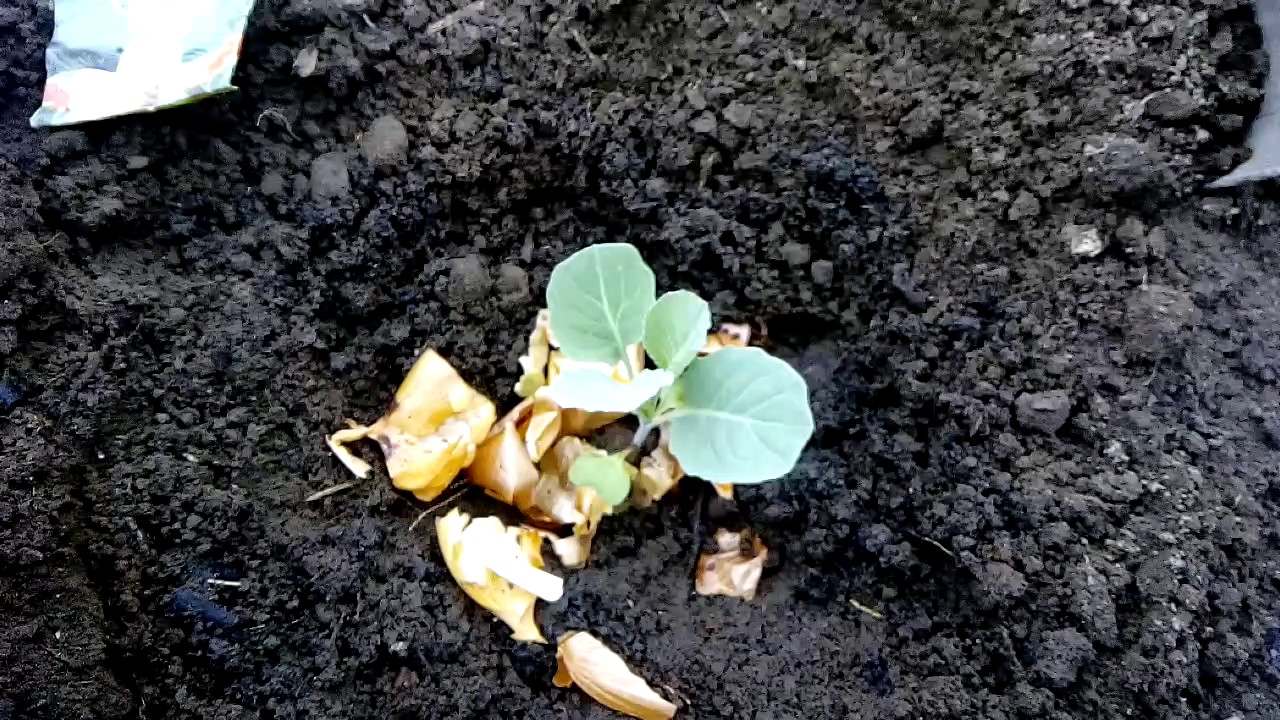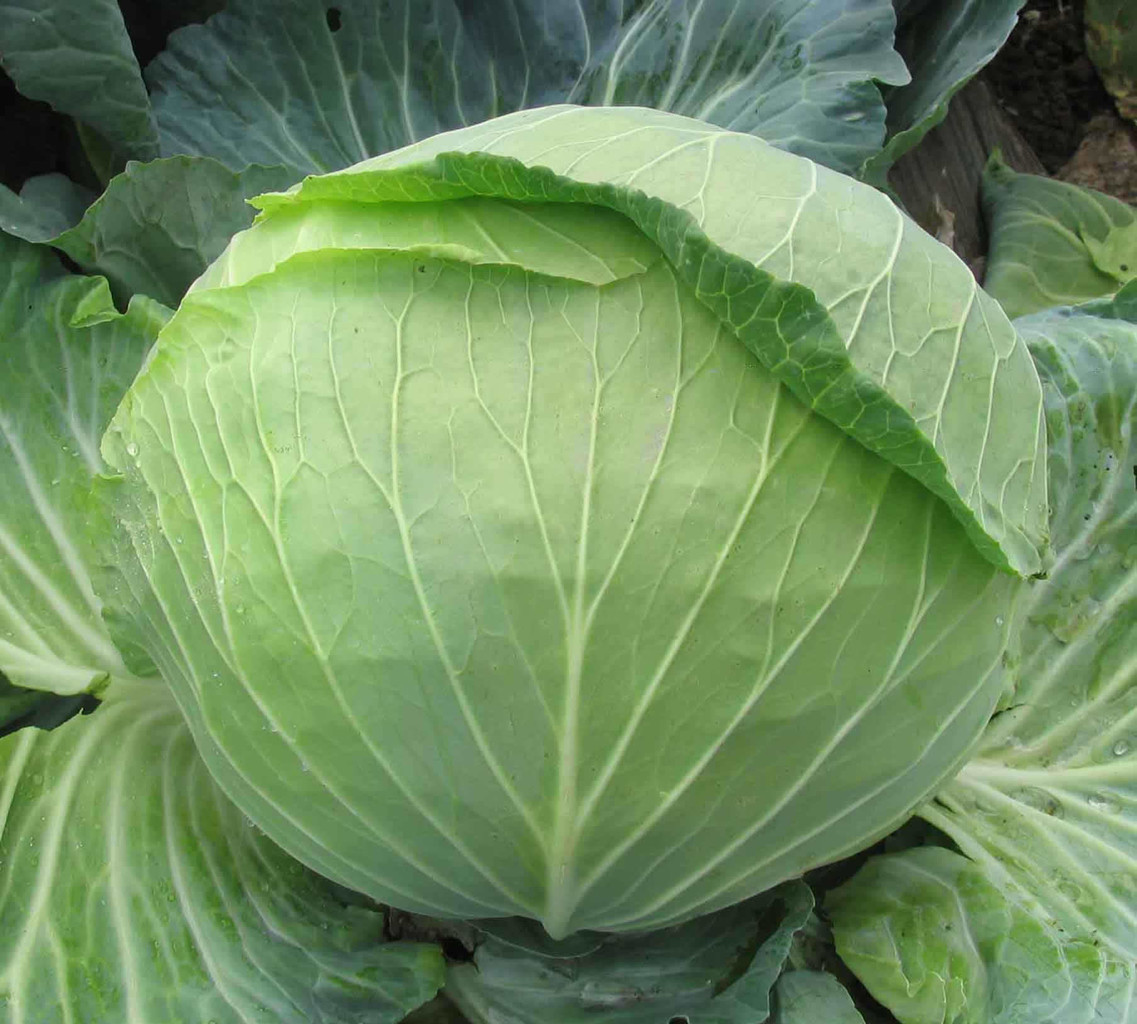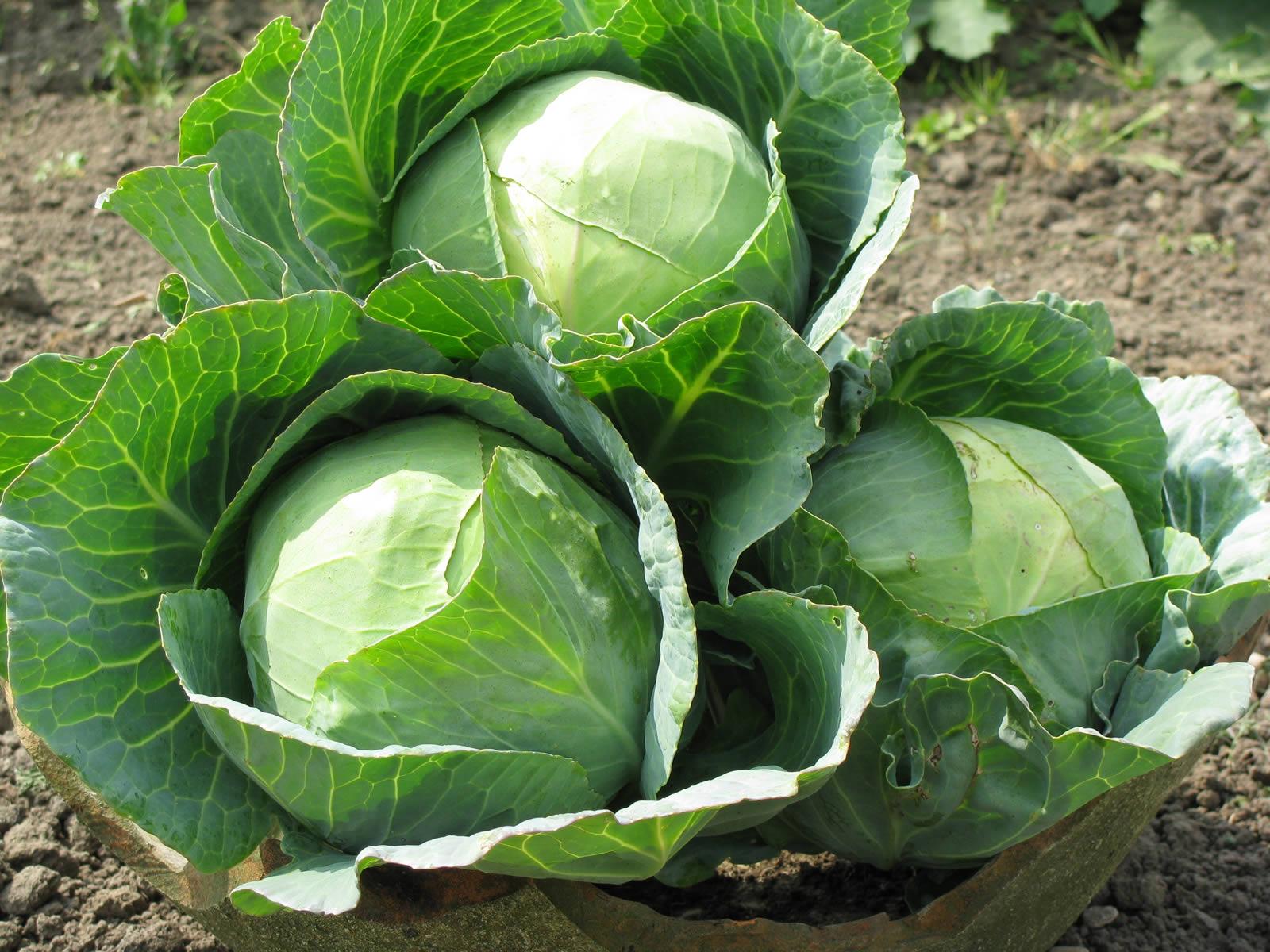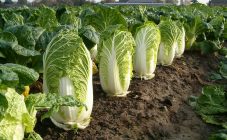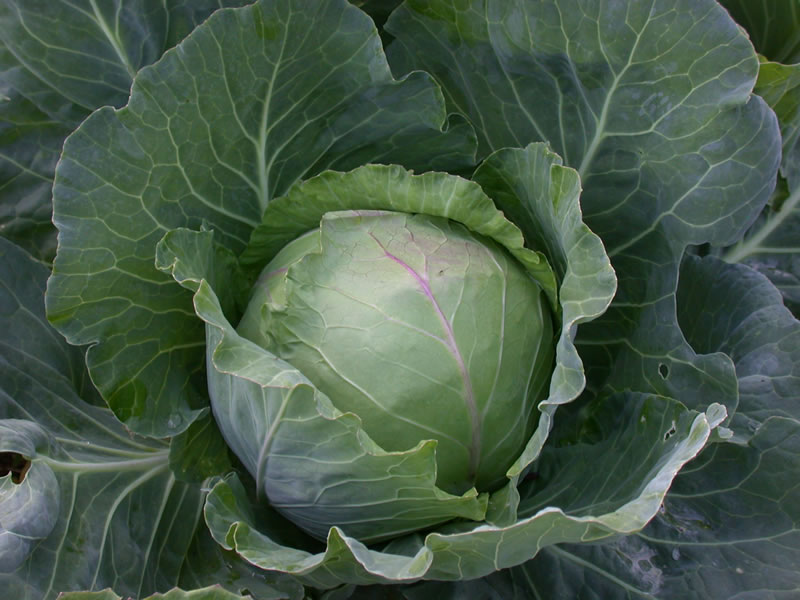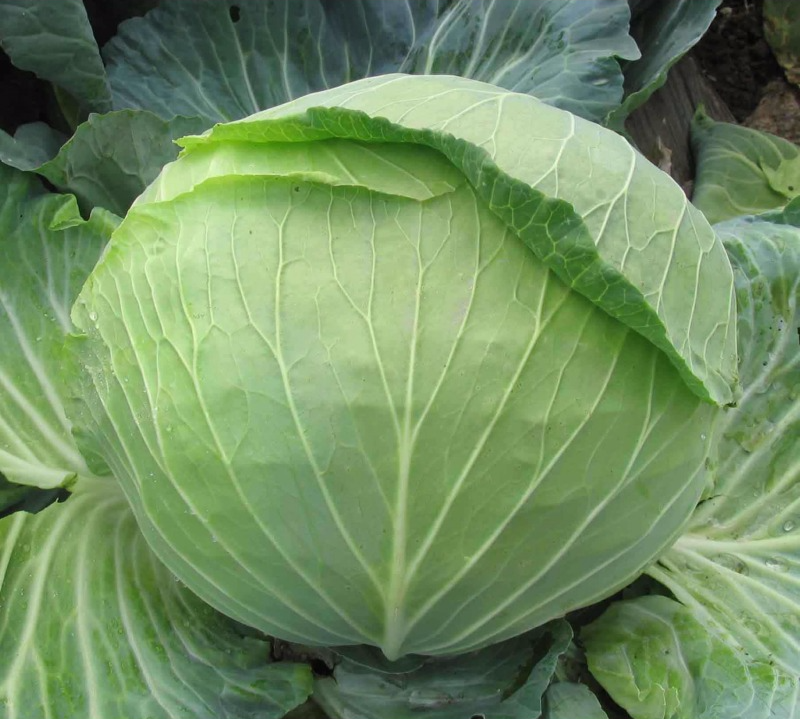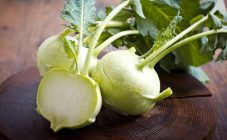Content:
Cabbage is one of the popular vegetable crops. It contains many useful substances and vitamins, is a source of trace elements and minerals. Breeders are constantly engaged in the development of new varieties and hybrids, improving the quality and marketability of white vegetables. There are a great many varieties that differ in ripening terms, taste, appearance.
The history of the creation of the variety
When choosing a variety for planting on a site, you should decide on the purpose of the grown vegetable. Early cabbage is used for preparing spring salads, it is consumed fresh, mid-season varieties are used for first and second courses.
Late-ripening varieties of winter cabbage, which are stored until spring, without losing their useful properties, are considered especially valuable. When choosing seeds of this varieties for planting, take into account the ripening time, keeping time, taste, resistance to diseases and insect pests, suitability for salting and fermentation.
One of the best varieties of winter cabbage is Zimovka cabbage. Its breeding was successfully completed at the All-Union Scientific Research Institute for Selection and Seed Production of Vegetable Crops, where scientists used seeds of foreign varieties. Experimentally, it was possible to obtain a variety, zoned for cold climates. Since 1963, the variety Zimovka has been recommended for cultivation in the Central, Volgo-Vyatka regions, the Middle Volga region and the Far East.
Characteristic
Description of the winter cabbage variety should begin with the fact that it was created for bookmarking for long-term storage. Due to its characteristics: good keeping quality, a small amount of waste, it is used until the early cabbage of the next year's harvest appears.
From planting seedlings to full maturity, 115-120 days pass.
The rosette of this cabbage variety is semi-spreading, it can be medium or reach large sizes in diameter 75-120 cm. The leaves are round, wavy along the edge, grayish-green in color with a noticeable waxy coating.
The leaf has an average size: in length - 40-48 cm, width 35-46 cm. A ripe head of cabbage of a round flattened shape weighing 2-3.6 kg sometimes reaches a greater weight. The heads of cabbage are of medium size, very dense, the leaves in them adjoin without gaps. The outside color is white-greenish with a grayish tinge, on the cut - yellowish-white. The leaves are waxy, juicy and sweet, the veins are not hard. The leg on which the head grows is long, the inner stump is small in size.
During storage, the taste becomes better, the juiciness increases, the sugar content reaches 4.9%, and the dry matter content 7.6-9.7%. The content of ascorbic acid is higher than that of other white cabbage varieties.
Besides:
- heads of cabbage do not crack;
- yield reaches 6-7 kg per 1 sq. m;
- the variety has a high immunity (there is almost no damage by point necrosis and gray rot), withstands frosts down to -6 ° С;
- cabbage Zimovka is sometimes affected by diseases typical of white-headed varieties: black leg, keel, downy mildew, slimy bacteriosis;
- Among pests, the danger is the cabbage fly, cruciferous flea, cabbage, aphids, snails and slugs.
For protection, they use folk methods and various chemical and biological products.
Agricultural technology of cultivation
Cabbage should not be planted in soil affected by bacteriosis for 8 years.The area where cruciferous plants (radishes, turnips, rutabagas) grew will not work either. Desirable predecessors:
- tomatoes;
- cucumbers;
- potatoes;
- peas.
When choosing a site where cabbage will be planted, it must be remembered that it must be constantly illuminated by the sun, the soil is loamy or clayey and in no case sour.
The site for planting is prepared in the fall, adding lime to the soil, and in the spring, when digging, it is fertilized with organic matter (1 bucket per 1 sq. M).
In the last days of May or early June, seedlings are planted according to the scheme 60 × 60 cm. Add 2 tablespoons of superphosphate to each hole, 2 tbsp. wood ash, 0.5 tablespoons of urea.
During the growth period, up to 5 liters of water are needed per plant, the need for an adult is 2 buckets. When watering, water should be avoided, which can lead to the death of the roots. After watering, the soil must be loosened.
As for dressing in the future, then:
- 3 weeks after planting, the first feeding is carried out by adding a liquid mullein (1 liter for 2 buckets of water);
- after 10 days, feed with an infusion of chicken manure (1 liter per 1 plant);
- after another 10 days, up to 8 liters of liquid mullein or infusion of chicken droppings are poured into each square meter.
In addition, every 10 days dry ash is scattered over the leaves, feeding the cabbage with microelements, helping in the fight against aphids and slugs.
Harvesting begins in mid-October in dry weather.
If the cabbage is sent for storage, the leg is not cut off, but suspended from it in the storage.
Advantages and disadvantages of the variety
Cabbage Wintering among late-ripening varieties is popular for the following positive qualities:
- cold resistance (withstands frosts down to -6 ° C at the stage of seedlings and adult plants);
- stable yield;
- undemanding in relation to soil fertility, the presence of moisture;
- excellent presentation (heads of cabbage do not crack during growth and storage);
- keeping quality (shelf life lasts 7-8 months, almost until the new harvest);
- transportability.
However, many gardeners believe that winter cabbage is the best. Good varieties, similar in quality to Wintering:
Aggressor F is a relatively new hybrid:
- has a high yield in different regions (9-10 kg / sq. m);
- head mass 3-5 kg;
- ripening period 115-120 days;
- shelf life 150-180 days;
- the head of cabbage does not crack during ripening and during storage;
- resistant to the disease fusarium wilting, to pests of thrips, cruciferous flea;
- painlessly tolerates negative weather conditions and a lack of nitrogen in the soil.
Amager 611 has been cultivated for over 50 years in all regions, excluding the northern ones, and:
- has increased cold resistance;
- resistant to black rot, vascular bacteriosis;
- does not tolerate hot weather;
- head of cabbage weight 2.5-4 kg;
- ripening period 115-140 days;
- shelf life 160-190 days.
When comparing cabbage varieties, it can be seen that the shelf life of Zimovka is longer than that of the above, but it is somewhat inferior in weight to the head of cabbage and ripens later.
Summing up, we can conclude that winter cabbage varieties grown on the site are a valuable reserve for the winter. Zimovka variety is just a suitable option from which you can make cabbage pies, cabbage soup, borscht and, of course, sauerkraut from autumn to late spring.
